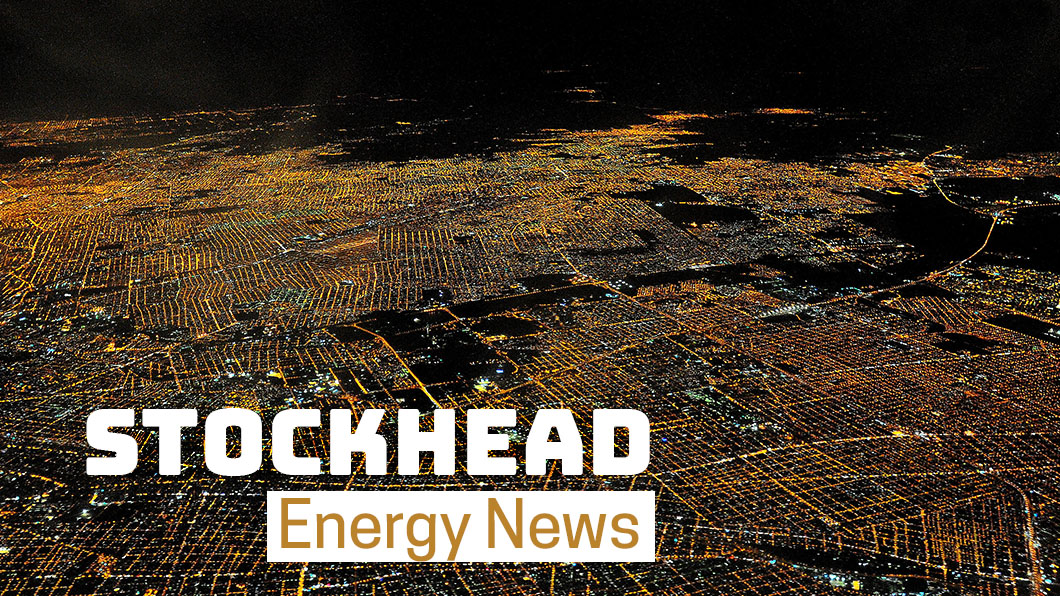Australia’s Environment Minister scotches world’s biggest green hydrogen project

Pic: Matthias Kulka / The Image Bank via Getty Images
It was never going to be simple to get the world’s largest renewable energy project up and running, but it comes across as somewhat ironic that environmental concerns from the Federal Environment Minister have stalled the multi-billion dollar Asian Renewable Energy Hub in WA’s north.
Even more so that those environmental concerns have come from a member of the Morrison cabinet, Environment Minister Sussan Ley, who has labelled the development “clearly unacceptable”.
That decision came despite giving AREH major project status in October and before environmental impact studies had even been prepared by the AREH consortium, which includes CWP Renewables, Intercontinental Energy, Macquarie’s Pathway Investments and Vestas.
A spokesperson for Ley told media she was acting to protect the Ramsar-listed Eighty-mile Beach wetland, threatened bird species and avoid disruption to tidal movements that would impact marine life.
It has spurred outrage from supporters of the renewables sector, who have cried foul, saying it would never happen to a major oil, gas or coal project.
“It is the Clean Energy Council’s understanding that the Federal Minister for the Environment has rejected the expanded proposal for this project prior to the completion of detailed environmental studies,” a statement from industry body the Clean Energy Council said.
“The Clean Energy Council is seeking urgent clarification from the Federal Minister for the Environment to address the perception that this decision is inconsistent with well-established processes or with the treatment of non-renewable projects.”
The project’s initial phase was approved by the WA Government, a 15GW solar and wind farm that would export energy to Indonesia via four subsea cables.
The plan has since been changed reflecting the growing appetite for green hydrogen projects, a technology expected to become commercial over the coming years.
A 26GW wind and solar farm and 14GW electrolyser would use renewable power to produce emissions-free hydrogen, which would be turned into green ammonia for export with associated pipelines and marine infrastructure.
The project would cost $US36 billion when fully realised and would be grand in scale, requiring a new town between Broome and Port Hedland to be built to host its thousands-strong workforce.
Where to now for the AREH project?
AREH put out a statement yesterday to media saying it would work with the Federal Government to move forward with the project, although the current environmental referral is done and dusted.
“We are now working to understand the Minister’s concerns, and we will engage further with the Minister and her Department as we continue to work on the detailed design and engineering aspects of the project,” the consortium said.
“The AREH project represents a significant economic and clean energy opportunity for Australia, as confirmed by the Commonwealth Government’s conferral of Major Project Status for AREH in October 2020. The same status was granted by the Western Australian Government in mid-2018.
“The project developers intend to utilise the Pilbara’s world-class solar and wind power to produce hydrogen and derivatives for export to major Asian markets already committed to quickly decarbonise their economies, and to offer options for greening mining activities and adding value to mineral resources produced in the Pilbara.”
Typically, a project proponent would prepare environmental studies and go through a prolonged assessment process before a decision is made by State and Federal Governments.
AREH will now go back to the drawing board, although it is likely to continue pursuing its State approvals unabated with the supportive WA Labor Government.
With an election on the way there could, theoretically, be a different Federal Government by the time the approval is again submitted.
The project has a 2025 deadline for a final investment decision, after which its first stage would take roughly three years, and has been marketed at the first renewable project of “oil and gas scale”.
It is understood it would create up to 5000 jobs in its construction phase and around 3000 while operating.
A risk to investment?
There are questions over whether the Minister Ley’s decision has sent a signal to the market that there will be roadblocks for large-scale renewable energy projects in Australia.
Australia is not the only place in the world where mega-scale renewable energy and green hydrogen projects have been proposed, and as the world progressively moves to decarbonise there are fears Australia could lose future market share or investment to other countries.
“I think that’s a very serious consideration,” IEEFA director of Energy Finance Studies Tim Buckley said.
“What Australia has is brilliant renewable energy resources, we have a very low population density, we have the capacity to build world scale energy projects to deliver the energy needs of Korea, Japan and China, and we have a brilliant financial market that’s able to deploy capital at a massive global scale.
“We don’t really need the Federal Government to invest money we just need them to get out of the way, but they don’t even seem capable of doing that.
“Australia’s got some of the most exciting projects in the world, but CWP (AREH) is probably the single biggest renewable energy, green hydrogen project in the world on the drawing board, they’ve invested five years to get the project to where it is today and our Federal Government has decided they want to slow the process down.”
Buckley also warned Government intervention in the energy market, like the financing of the Kurri Kurri gas plant in New South Wales, risked crowding out private renewables investors.
Eyebrows have been raised
The AREH snub is not the first eyebrow raising environmental decision during the reign of the Morrison Government.
In May, Northern Australia Minister Keith Pitt took it upon himself to veto a Northern Australia Infrastructure Facility loan for Neoen’s Kaban Green Power Hub near Cairns because he believed the power generated would not be “dispatchable” or lower energy prices.
He provided no modelling, before a trainwreck Sky News interview in which Pitt declined to answer questions about whether a battery could back up a wind or solar farm.
Going back further previous environment minister Melissa Price quietly approved Cameco’s Yeelirrie uranium mine near Wiluna on the eve of the 2019 Federal Election.
That was despite telling local newspaper the Kalgoorlie Miner she would not make a decision before a court challenge to the State approval had been thrown out.
She subsequently went to ground and declined to front the press for the entire campaign before losing her portfolio in the post-election reshuffle.
The still undeveloped project was approved in the end despite the WA EPA recommending unsuccessfully it be knocked back because it was likely to make 11 unique species of sub-terrestrial invertebrates extinct.
Buckley acknowledged a project like AREH would have potentially serious environmental impacts on account of its massive development footprint.
“There is no industrial process of that sort of scale that won’t have huge environmental impacts, there’s huge environmental impacts whether you’re building an LNG plant, a coal mine or a solar project,” he said.
“We have to take those into consideration, but for the Federal Environment Minister to rule the project out before they’ve even seen the Environmental Impact Statement is just ludicrous.”
Related Topics

UNLOCK INSIGHTS
Discover the untold stories of emerging ASX stocks.
Daily news and expert analysis, it's free to subscribe.
By proceeding, you confirm you understand that we handle personal information in accordance with our Privacy Policy.








